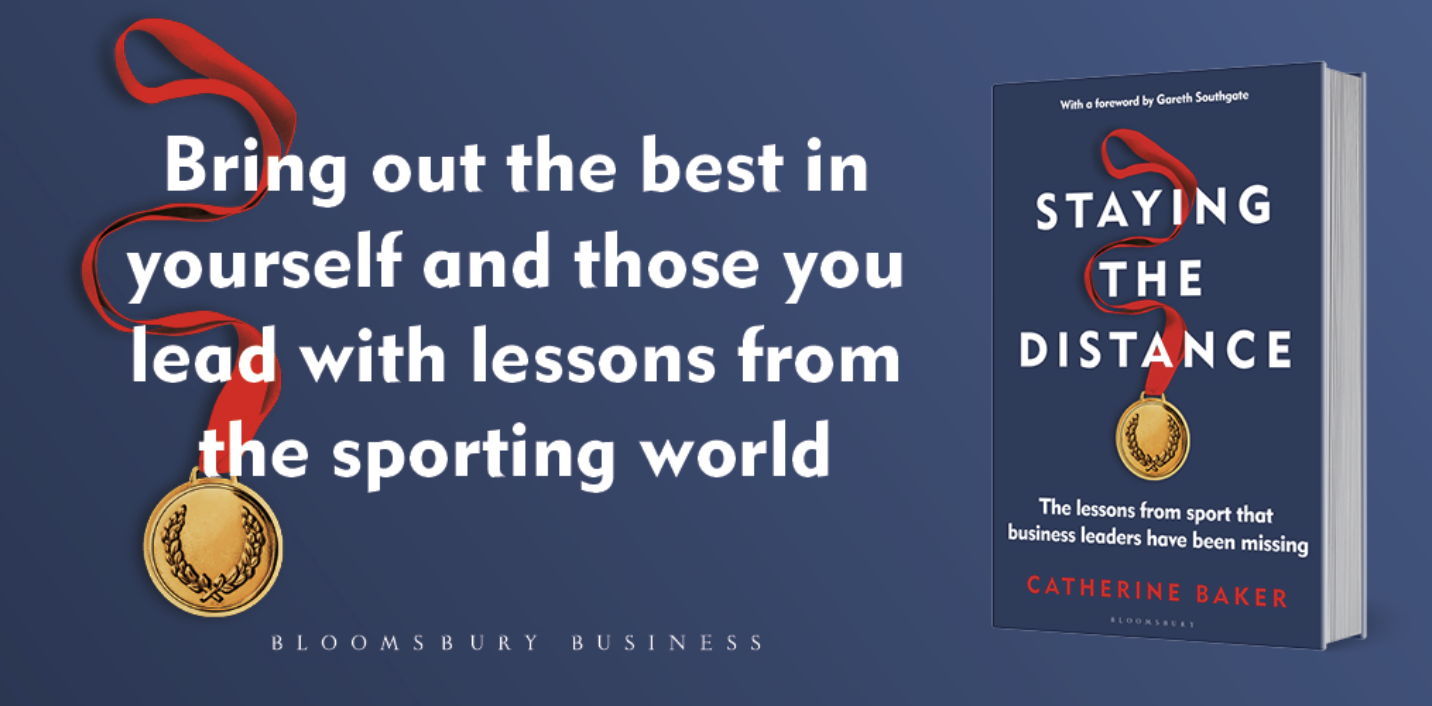


The following are excerpts, quotes and summaries from the ‘Expert Report’ created by Donna A. Lopiano PH.D, which has been created to independently look at all of the evidence provided in the case of: Shannon Miller, Jen Banford and Annette Wiles v The board of Regents of The University of Minnesota
All of the content in our summaries have been pulled directly from the report and are in no way opinions, conclusions or comments of the FCN. We have simply provided our audience with a concise and shorter version of the report written by Donna A. Lopiano PH.D in the hope of raising awareness of the case.
There are 8 questions in which Donna A. Lopiano PH.D has been asked to present her findings, and over the coming few days, we will be publishing each individually for you to read. The full 124 page report which is a public document will be available on the FCN website for all to read further.
The FCN would like to offer its full support of Shannon Miller, Jennifer Banford and Annette Wiles. Discrimination of any coach based on their gender, sexual orientation, race or any other factor is abhorrent and we stand by those that speak out against it. We have decided to release content from this report with the aim of raising awareness of such discrimination and to inspire other coaches who may be going through similar incidents to speak the truth.
#SupportShannon
What did you find, in your examination of University of Minnesota – Duluth (“UMD”) documents provided to you or any research you have conducted into this matter, with regard to whether UMD male and female athletes were equally treated as required by Title IX and whether any athletics department staff member could rightfully raise Title IX compliance concerns? Further, if inequities were found, did you find (a) any Title IX inequities with regard to the ice hockey, basketball or softball programs that would negatively impact an evaluation of coaching performance or program success and/or (b) differences in employment or compensation that might also raise Title IX, Equal Pay Act or Title VII gender equity concerns?
To open this answer, the report highlights the importance of treating male and female athletes equally (i.e. Title IX) when considering evaluation of a coaches performance. It states the following reasons for this:
- the success of the team is dependant on the team receiving the necessary resources required for success
- the coach’s success is judged on the team’s success
- coach / program success affects decisions related to coach compensation and renewal of employment agreement
Donna A. Lopiano PH.D measured the data provided to her by UMD (and the information they submitted to the United States Department of Education Office for Civil Rights (OCR) when the Title IX complaint was first raised) against resources such as the Equity in Athletics Disclosure Act, UMN NCAA Revenues and Expenses and Demographic and Sport Sponsorship. She also interviewed all three coaches, Shannon, Jennifer and Annette about their concerns about Title IX violations.
With all of this information, she came to the conclusion that the “UMD athletic programs was not in compliance with Title IX in 2014 – 2015.”
Her explanation for this conclusion is as follows:
Participation Inequalities – it has been revealed that in 2014 – 2015, UMD was not offering equal opportunities to participate in sport for undergraduates. UMD had stated that the reason for the gap was due to a sudden increase in female undergraduates, however, this report claims that the shift was not significant enough to have a gap of 34.
Financial Aid – an issue was raised that “male scholarship athletes in ice-hockey were able to receive such aid whenever it was requested while female athletes were not permitted this benefit unless their team had unused scholarship dollars which could be used for this purpose and then only if there was a special request and administrative approval.” It appears that “female athletes were treated differently” due to restrictions put onto the women’s ice-hockey team with regards to summer scholarship funding.
Treatment and Benefits – it can often be difficult to compare men’s and women’s sports directly due to a difference in tiers (i.e. competition levels), however, for UMD, ice-hockey is the only sport in which men and women compete at the same level – i.e. Division I, therefore in this case, it has been a simple matter of directly comparing the treatment and benefits each received. The report has identified the following inequalities within the ice-hockey program:
- recruiting – UMD “consistently provided women’s ice-hockey with significantly less recruiting financial resources than the men’s ice-hockey”.
- provision of quality coaching – both programs were provided with full-time head coaches and two full time assistant coaches. A formal job description for these roles have not been provided, however, Shannon “was treated significantly less favourably” than the male head ice-hockey coach. See the table below:



There is also inequalities in the assistant coaches pay:



Provision of Other Athlete and Program Support Services: “compared with women’s ice-hockey, men’s ice-hockey support personnel were either paid more than the individuals serving in the same capacity for women’s ice-hockey, enjoyed a larger percentage time allocations for their ice-hockey duties, were more experienced or qualified and / or men’s ice hockey was provided with larger number of positions”. This statement refers to support services such as strength and conditioning coaches, athletic trainers etc.
Again, there was a pay inequality within this faculty of staff:



Provision of Non-Travel Related Nutritional Benefits – “Members of the men’s ice hockey team received two meals on weekends while members of the women’s ice hockey team received one meal on weekends.”
Summer School Scholarships – “it does not appear that female ice hockey athletes are provided with summer school scholarships on the same basis as male ice hockey players”.
Facilities – whilst Donna A. Lopiano PH.D admits she is yet to make a site visit and any findings from this will be included in a “supplemental report”, she has noted allegations made by Jennifer Banfords as she claims “men’s ice-hockey has a superior entertainment center in their locker room and a separate and significantly better player’s lounge / meeting area, kitchen area and lounge furniture” than the women’s ice hockey.
Scheduling of Competitions – “women’s ice-hockey was further disadvantaged when their games were displaced to Sundays instead of prime times on Friday or Saturday” and in 2013- 2014, only played 42% away games compared to the 51% of the men’s games.
Promotions and Publicity – in 2014 – 2015, the men’s Head Coach (Scott Sandelin) was provided with “20 opportunities to market and promote their program” in conjunction with M9 television, whilst the women’s Head Coach (Shannon Miller) was given only 3. UMD Bulldog KQ Morning Radio show also gave the men’s program 11 opportunities to promote, the women’s only 1. As well as this, home game fan experience was “consistently enhanced for the men’s ice hockey through the use of smoke, spotlights, music, videos, operation of a video board and other promotional mechanisms which requires significant expenditures”.
Medical Equipment – “The women’s ice hockey training room was not provided with an ultrasound machine, a key modality utilized on a daily basis for the treatment of athletic injuries. The athletic trainer assigned to women’s ice hockey was not permitted to borrow the ultrasound machine from the men’s training room, which would have provided a joint use solution.”
Provision of Equipment, Uniforms and Supplies – the report identifies a difference in budget between the men’s and women’s ice hockey program and highlights a number of difference for female players due to “insufficient funds”; women receive one pair of skates per year, men receive two, male players are provided with new stickers whenever they require, women are not, coaches of the men’s team are provided with multiple sets of apparel, women’s team coaches are not.
Practice Times – UMD provided no rotation of early and late practice times as women’s ice hockey is relegated to late practice time slots during the supervision of the athlete director Berlo since 2014 – 2015.
Fundraising Support – both men’s and women’s teams should be provided with equal opportunities and resources to fund raise, however, at UMD “women’s ice hockey was not provided with the same fundraising treatment and benefits as men’s ice hockey.”
Donna A. Lopiano PH.D concludes: “It is my expert opinion that the above described Tier One ice hockey inequities, contrary to Title IX, Title VII and Equal Pay Act requirements, existed during Coach Miller’s employment and negatively impacted both the experiences of female student-athletes, the working conditions of coaches and the ability of the coaches to produce as successful an ice hockey program as they could. Despite these inequities, Coach Miller and her coaching and other staff members were able to produce a more successful ice hockey program than her male counterparts for which they received lesser compensation and benefits. Female ice hockey athletes were treated less favorably than their male counterparts, contrary to Title IX requirements.”
This section of the report continues with the evaluation of men’s and women’s sports competing in the Division II level and summaries both evaluations reveals “inequities affecting Tier One and Tier Two female coaches and their female athletes reveals a clear pattern of systemic gender discrimination.”
Please read pages 52 – 98 of the full report for more details…to be published in the next couple of weeks
For more information about the mention case, please visit the following links:
Shannon Miller Interview – April 2017
Shannon Miller Interview – September 2015
Why the Shannon Miller case is so important for all women in all sports.
















